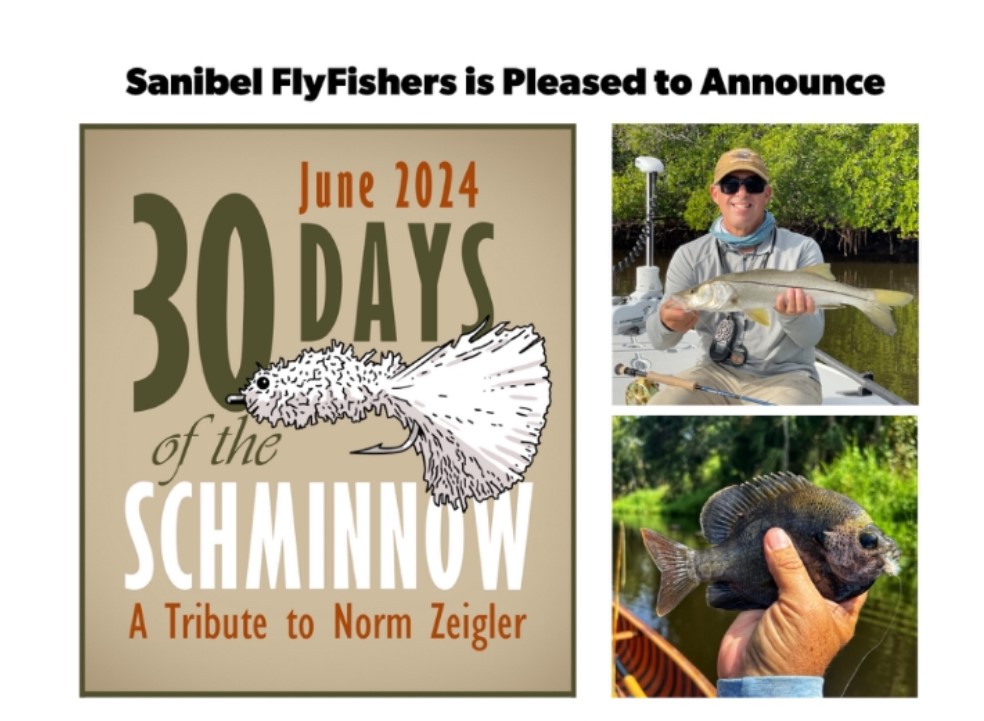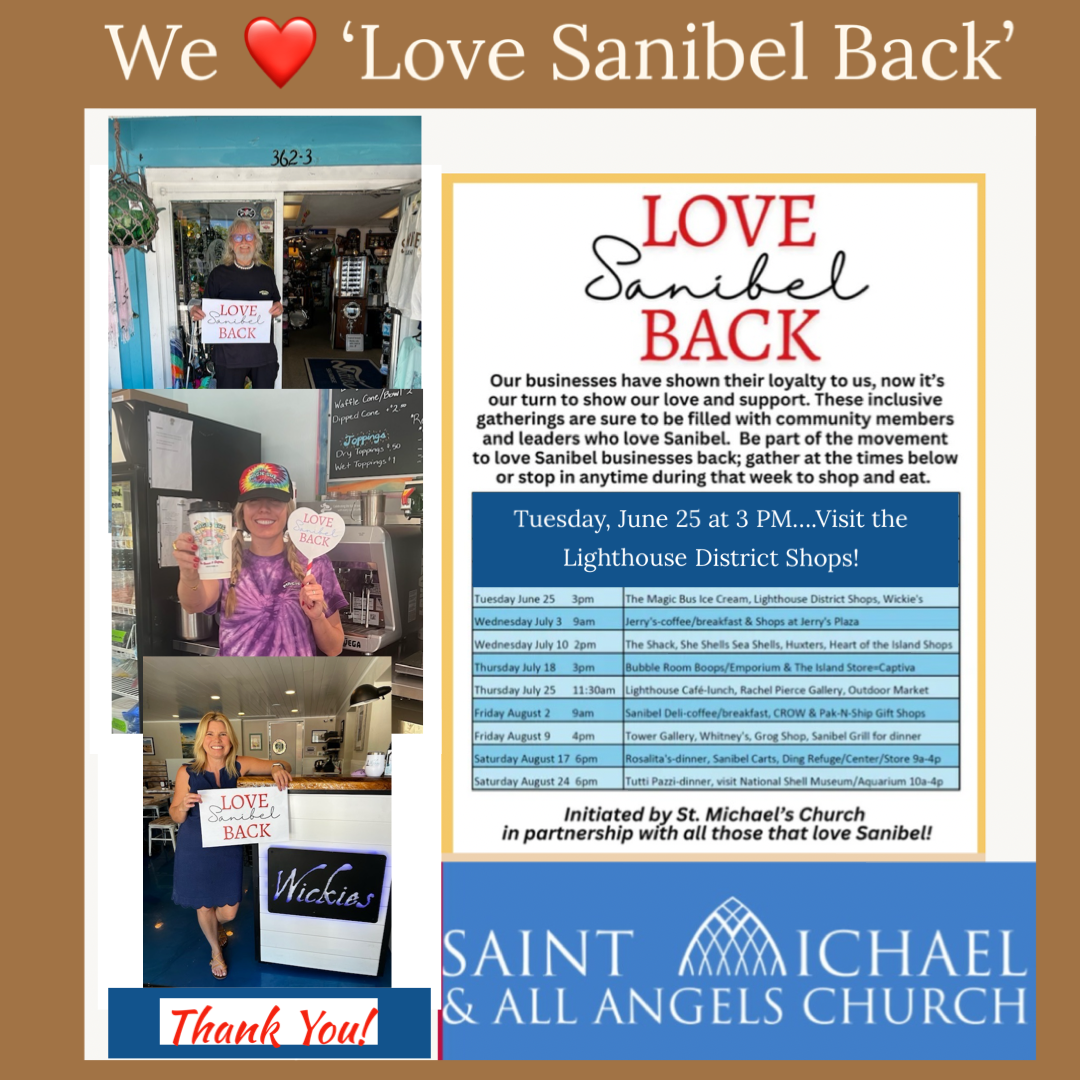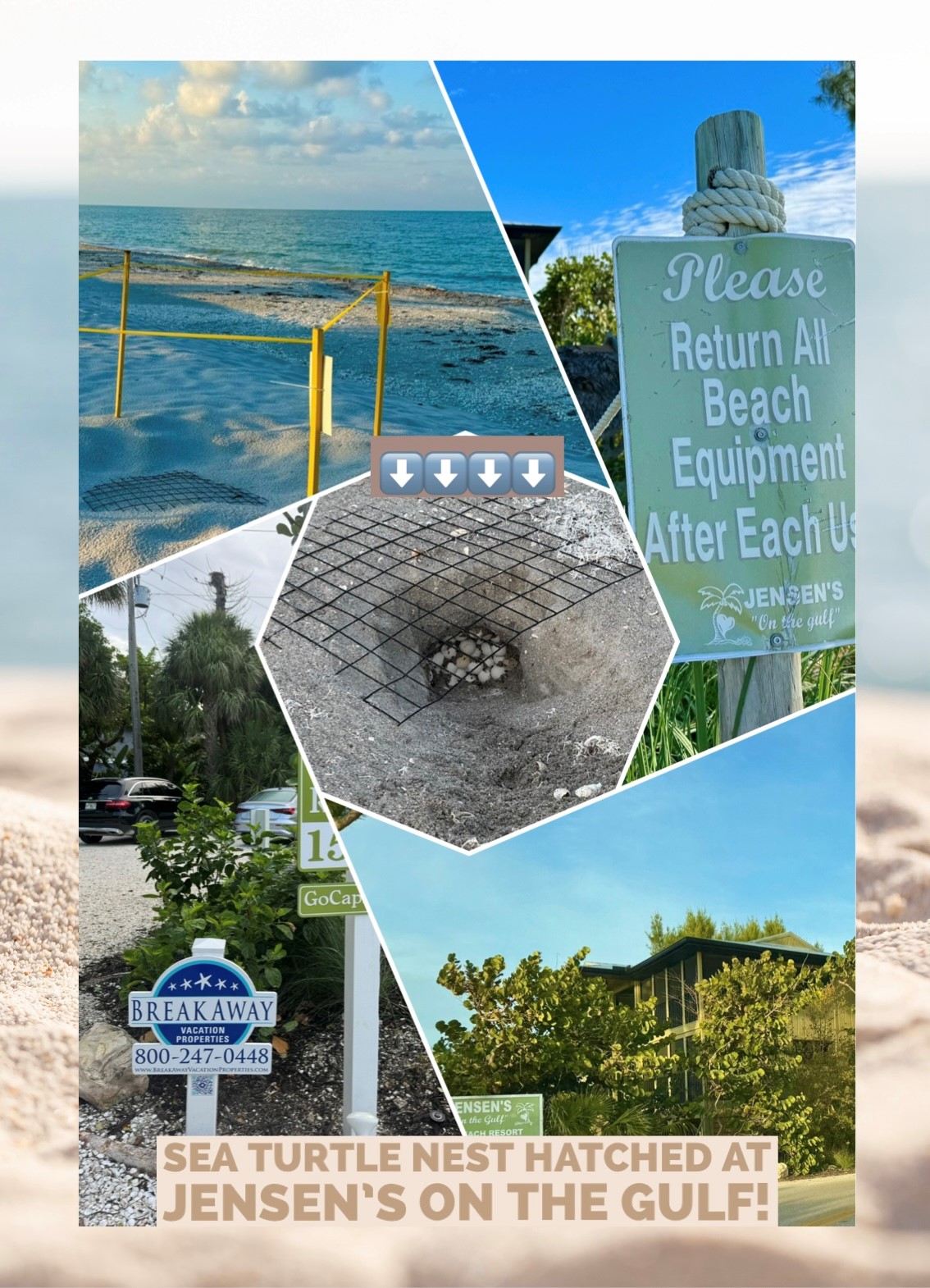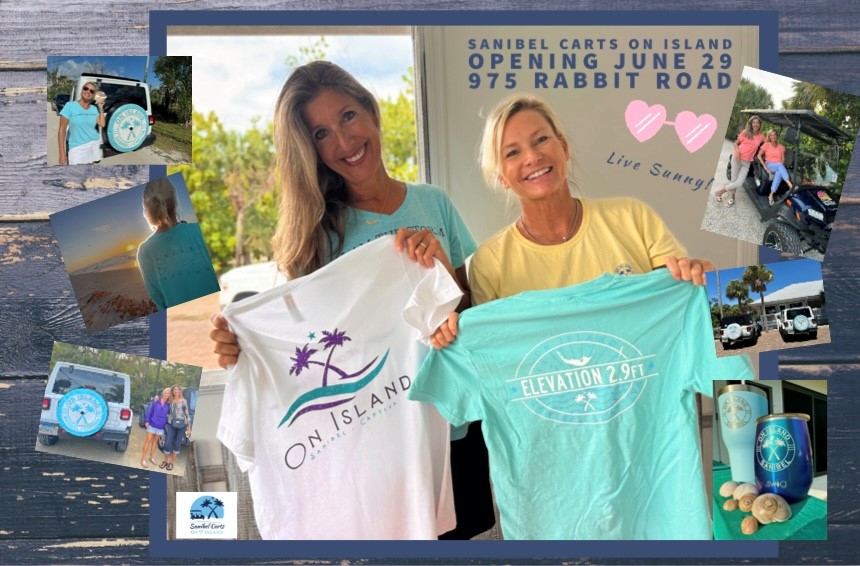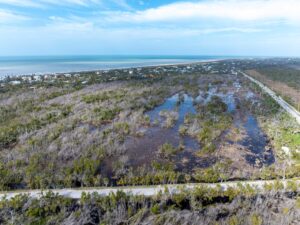 Until the mid-20th century, the island of Sanibel was mostly a vast open grassland best described as a wet prairie dominated by sand cordgrass (Spartina spp.). This prairie was kept in that state by wildfires, hurricanes and a historical hydrologic regime that limited freshwater to the center of the island (the Sanibel Slough/River) during the long dry season. This unique habitat type is found on few barrier islands within the state of Florida and is one of the many natural features that has long made Sanibel Island unique and special. Historical aerial photographs show that buttonwood, a native tree favoring fresh and brackish wetlands with long periods of seasonal inundation, bordered the Sanibel Slough because it was the wettest part of the island. Wildfire within the wet prairie would consume young buttonwoods that attempted to establish outside of this buffer of the river on higher land. Native cabbage palms (Sabal palmetto) also were historically found on the island sporadically on the edges of these wetland habitats and within the upland ridges. Historical descriptions of the island describe these palms as being widely scattered across this landscape and this can be confirmed with the use of historical aerial photographs.
Until the mid-20th century, the island of Sanibel was mostly a vast open grassland best described as a wet prairie dominated by sand cordgrass (Spartina spp.). This prairie was kept in that state by wildfires, hurricanes and a historical hydrologic regime that limited freshwater to the center of the island (the Sanibel Slough/River) during the long dry season. This unique habitat type is found on few barrier islands within the state of Florida and is one of the many natural features that has long made Sanibel Island unique and special. Historical aerial photographs show that buttonwood, a native tree favoring fresh and brackish wetlands with long periods of seasonal inundation, bordered the Sanibel Slough because it was the wettest part of the island. Wildfire within the wet prairie would consume young buttonwoods that attempted to establish outside of this buffer of the river on higher land. Native cabbage palms (Sabal palmetto) also were historically found on the island sporadically on the edges of these wetland habitats and within the upland ridges. Historical descriptions of the island describe these palms as being widely scattered across this landscape and this can be confirmed with the use of historical aerial photographs.
Wildlife on Sanibel have adapted and evolved to thrive in these open wetland habitats including the endemic Sanibel Island Rice Rat (Oryzomys palustris sanibeli). This subspecies of small mammal is found nowhere else in the world. These wetland habitats have been shown to have the highest diversity, especially when there is a nearby edge habitat. Edge habitats are where two different habitat types meet. On Sanibel, the most obvious edge habitat is where the open grassy zone meets the closed canopy forest. Wildlife thrives in this zone by being able to quickly move between the two, such as a bobcat hunting for cotton rats in a grassy open canopy field but quickly retreating into the nearby wooded area for cover.
For years, conservation partners in the J.N. “Ding” Darling National Wildlife Refuge, Sanibel Captiva Conservation Foundation and the City of Sanibel have been trying to reduce and mitigate for woody vegetation encroachment into these wet prairies. The causes for this woody vegetation encroachment into the open wetlands can be attributed to the suppression of wildfires and altered hydrology from mosquito control activities and the digging of borrow pits for road and building fill. This first conservation efforts by these partners began with an island wide effort to use manipulated hydrologic regimes to control the non-native and highly invasive Brazilian Pepper tree (Schinus terebinthifolius). These efforts were highly effective at controlling this costly nuisance species, that in the early 1990’s was estimated to cover more than 4,000 acres, or nearly one-third, of the land on Sanibel. However, we now see that with Brazilian pepper well-controlled, these hydrologic manipulations likely also favored the rapid recruitment of high densities of green buttonwood and cabbage palms within these wetland habitats and thus are outcompeting the native hydric prairie plants that remain on the island. Efforts are currently underway to re-evaluate the current management of water levels within the Sanibel River and adjacent landscapes by these conservation partners to find the right balance between community needs and the requirements needed to maintain and enhance these hydric grasslands.
The storm surge from Hurricane Ian resulted in saltwater inundation of these freshwater wetlands that stood on the landscape for long periods of time in areas with high densities of hardwood trees and shrubby vegetation that are not very salt tolerant like the grasses. The storm surge seemed to “turn back the clock” a bit by killing many hardwoods that overtook the expansive grasslands we once had.
This historic storm gave the island’s natural lands managers an opportunity to jump start the restoration of these grasslands by removing vegetation killed by saltwater inundation, as well as hardwoods and cabbage palms from these once open marshlands, thereby giving native grasses and ground cover plants a chance to thrive. These restoration efforts may look different, but the goal is the same. For many years the refuge has been removing woody vegetation including palm trees from the wetlands in the refuge’s sand cordgrass marshes. This year the refuge received much needed funding from the Bipartisan Infrastructure Act which gave us the ability to do more than normal maintenance activities. Currently this work involves the application of herbicide to kill palms that are less than 20 feet tall within the marsh or directly adjacent to the marshes where this encroachment is originating from. You may have noticed the many treated palms with their brown fronds on the Refuge lands on the north side of Sanibel-Captiva Road as you pass the Visitor Center and continue towards Captiva. Although it may appear to be a lot of trees, rest assured that this is only a small portion of the cabbage palms on our conservation lands. Cabbage palms within the upland ridges dominated by West Indian hardwood hammock habitats have not been treated or removed and there are no plans to.
As for the next steps, the refuge will remove the dead palms along the shared use path directly under the power lines along Sanibel Captiva Road. The other dead palms will slowly wither away while providing excellent habitat for woodpeckers, screech owls and many other cavity nesting animals. The refuge plans to also utilize prescribed fire when conditions allow us to do so safely to reduce the amounts of dead standing and fallen woody vegetation which present a real risk for a severe wildfire. These prescribed fires will not only reduce these hazardous fuels but will also clear the way for open canopies to allow the recruitment of new sand cordgrass allowing re-establishment in historical marsh habitats that were lost to this woody vegetation. The refuge will also be conducting re-planting activities next year to give the sand cordgrass a helping hand.
SCCF will continue to remove dead vegetative debris from lands impacted by Hurricane Ian. Once the woody debris has been removed, the areas will be replanted with sand cordgrass and/or other appropriate species to enhance wildlife habitat. This work will be completed based on priority ranking of the properties and as funding becomes available.
These management activities may appear counter intuitive, especially considering the City’s long-standing protection of native species and with the amount of vegetation that was lost to the landfall of Hurricane Ian. However, those unfortunate consequences from the landfall of a storm of historic proportions have provided the land manager partners a unique and rare opportunity to attempt these restorative activities on a much larger scale than have been possible in the past. Without active management of these habitats, we will lose the biodiversity of the marsh and the uniqueness of Sanibel Island.

